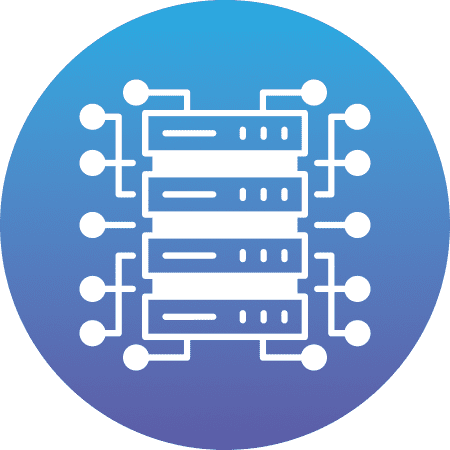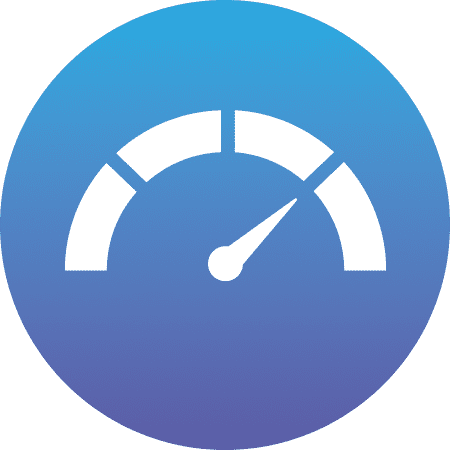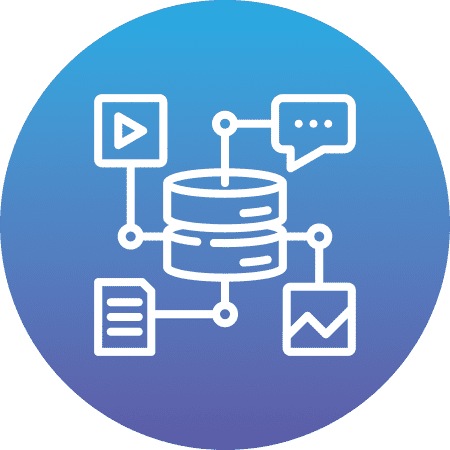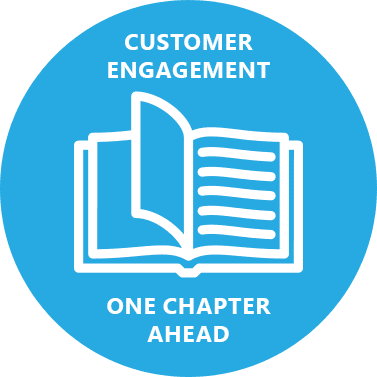Transforming CRM Data with Precision Technology

Data is the great enabler. It is the backbone of modern Customer Relationship Management (CRM) systems. Data enables businesses to understand their customers better, personalize interactions and make informed decisions. Companies that can harness the power of data have a competitive advantage now, but soon it will become a competitive disadvantage if they are unable to use this data.
“All too often we find that our clients struggle to access and organize their many sources of data into a comprehensive and actionable 360 view of their customers. Silos are still alive and getting in the way of progress.”
 |
Nancy Phelan, Senior Vice President & Head of Customer Engagement |
Data Management Challenges
There’s been a lot of change in life sciences commercial data over the past five years. Managing and leveraging data has become increasingly challenging, especially for organizations that don’t have extensive IT infrastructure.
Increasing Volume, Velocity and Variety
Across three different fronts, life sciences customer data is evolving at a pace that’s very difficult to manage without purpose-built technology:

Volume—The sheer amount of data generated by CRM systems can be overwhelming. Businesses need to manage large datasets that include customer interactions, transactions and other relevant information. Robust data storage and management solutions are required to handle the volume effectively.

Velocity—The speed at which data is generated and processed is crucial for timely decision-making. CRM systems need to handle real-time data to provide accurate insights and enable quick responses to customer needs. This involves implementing technologies that can process data at high speeds, which in turn can enable near live actioning of these insights across field and digital channels for HCPs—and across an array of interventions for patients.

Variety—Data comes in various forms, including structured data (e.g., customer records, transaction logs) and unstructured data (e.g., social media posts, emails). CRM systems must be capable of handling different types of data and integrating them to provide a comprehensive view of HCPs.
Integrating Different Types of Data
A breadth of data is necessary to gain a complete understanding of your customer:
- Traditional demand data (shipment, Rx data, etc.) and anonymized patient longitudinal data (claims, EMR, lab data, etc.) are crucial to be able to identify the patient burden at the HCP level.
- Contextual data helps in profiling healthcare professionals (HCPs) by providing a deeper understanding of their interactions with the industry. This includes information about clinical trials, publications and affiliations.
- It is very important to understand HCP engagement with your brands across rep-driven and digital channels.
Melding these streams of data helps to create a much richer profile of the physician that can better inform opportunity and ways to engage.
Purpose-Built Technology
Processing this volume of data is a heavy lift. Purpose-built technology for life sciences is necessary to be able to perform industry-specific data logistics, validate data, centralize and connect data, and build a robust analytics-ready data layer.
Using a complex analytics layer to power simple insights for field teams and stakeholders enables them to understand performance and guide tactical activity. Focusing insights into key performance indicators (KPIs) and other information that drives engagement is crucial.
Purpose-built technology provides the speed, accuracy and agility necessary to power the modern commercial model. It is most effective when there is also a robust change enablement effort and support for teams to upskill to use these new capabilities effectively.
Author: Nancy Phelan

This blog is part of the One Chapter Ahead blog series, a Customer Engagement-focused thought leadership initiative to bring an informed, inspired point of view. Our intent is to bring a fresh perspective, driven by data, benchmarks, insights and expertise.
Other blog posts in this series:
- What Does “Good” Look Like in Customer Engagement?
- Get Ready to Orchestrate a Better Customer Experience
- Integrated Data + Hyper-local + Cross‑channel = Customer Engagement
- Foundational Differentiation: CE Requires Efficient Operationalization of Data
- Key Takeaways and Learnings from HLTH 2024
- Is Medical Omnichannel Poised for Growth?
- Are Pharma Brands Really Transformational?
- Culture and Collaboration: Keys to Customer Engagement Success
- Medical Affairs Customer Engagement: What’s Next?
- The Evolution of CRM in Life Sciences: Navigating the Split
- Navigating the CRM Split: Generating Buy‑In
Have a question? Reach out to our experts.